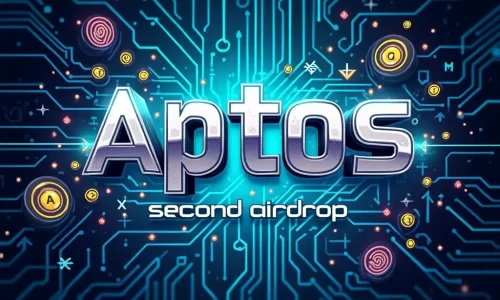Recently, the cryptocurrency market has undergone significant changes, introducing new opportunities, one of which is cryptocurrency pre-markets. While there is a lot of talk about pre-markets, few people truly understand what they are and how they work. Let’s dive into this c
What is a pre-marke
A pre-market is a trading platform or marketplace where you can buy or sell tokens from various projects before their official launch (TGE – Token Generation Event). This provides investors with the opportunity to act in advance and minimize risks.
Why use a pre-market?
One of the key reasons for participating in pre-markets is the ability to lock in tokens before their launch. For example, investors can avoid risks, as seen with the Blast project, where the expected token supply increased from 1 billion to 100 billion, leading to a sharp drop in token value on the pre-market.
How do pre-markets work?
The mechanics of pre-markets involve locking the funds of both buyers and sellers until the terms of the transaction are met. This prevents fraud from either side. Token prices on such platforms depend on market expectations, much like traditional exchanges.
The Role of Token Vesting Schedules
One important factor that influences pre-markets is the token vesting schedule. In many projects, not all tokens are available immediately after the launch. Instead, they are released gradually over time, which can affect their price. Investors in the pre-market often have access to tokens before the vesting period starts, allowing them to trade at speculative prices. If a project has a long vesting schedule, pre-market participants may sell tokens at a premium, anticipating a future increase in supply that could lower prices.
Token Distribution and Market Dynamics
Another critical element of pre-markets is token distribution. Before the official launch, the tokenomics of a project, including how tokens are distributed between team members, advisors, and early investors, plays a significant role in determining the token’s pre-market price. If a large portion of tokens is allocated to the team or early backers, there’s often a concern that these holders may dump their tokens once they become liquid, driving down the price. Investors in the pre-market carefully analyze the token distribution model to anticipate such risks and make informed decisions.
How Liquidity Provision Works in Pre-Markets
Liquidity provision in pre-markets is another key aspect that affects price movements and trading opportunities. Since liquidity is often low compared to major exchanges, large sales can significantly impact prices. Some platforms allow early liquidity provision, where users can lock tokens into liquidity pools, receiving a portion of the trading fees in return. This creates an incentive for users to provide liquidity but comes with risks, as low liquidity means that prices can fluctuate wildly with limited volume.
In many pre-markets, liquidity is provided by the project team or strategic investors, which helps maintain some stability. However, the risk of “rug pulls”—where liquidity is suddenly withdrawn—remains, especially in less regulated or less transparent markets.
Pre-market drawbacks
One of the major drawbacks is limited liquidity. Selling large volumes of tokens on pre-markets can be challenging due to the limited number of buyers. Additionally, projects can adjust their tokenomics after announcements, which can significantly affect the market. The small size of the pre-market, combined with the influence of early participants, can lead to higher price volatility compared to established exchanges.
Popular cryptocurrency pre-markets
Here’s a list of some well-known pre-markets worth considering:
- Whales: A platform providing early access to tokens of promising projects.
- DAOMaker: A platform for investing in cryptocurrency startups before their official launch.
- Polkastarter: A decentralized platform for IDOs, allowing projects to raise funds prior to their launch.
- Bounce Finance: A marketplace for crypto asset auctions where tokens are sold before their official launch.
You can also check the list of all traditional cryptocurrency exchanges on our website.
Additional Information About Cryptocurrency Pre-Markets
Pre-markets have gained popularity due to the volatile nature of the cryptocurrency space. By participating in a pre-market, investors can react to key events before the broader market does. For example, the price of a token might surge following a positive project announcement or collaboration, and pre-market participants can take advantage of these early price movements. However, the reverse is also true; negative news can cause token prices to crash before a public launch.
Pre-markets also offer a unique opportunity to access tokens at a potentially lower price than when they become available on major exchanges. However, this comes with inherent risks. The lack of liquidity, unpredictable project developments, and the possibility of a project’s failure can make pre-market participation a double-edged sword.
Conclusion
Pre-markets offer investors the opportunity to act before the official launch of a project and reduce risks. However, it is important to proceed with caution, as the market remains highly volatile. Understanding token vesting schedules, distribution models, and liquidity provision can give investors a clearer picture of potential risks and rewards in pre-market trading.
Feel free to share this information on social media and share your thoughts!




